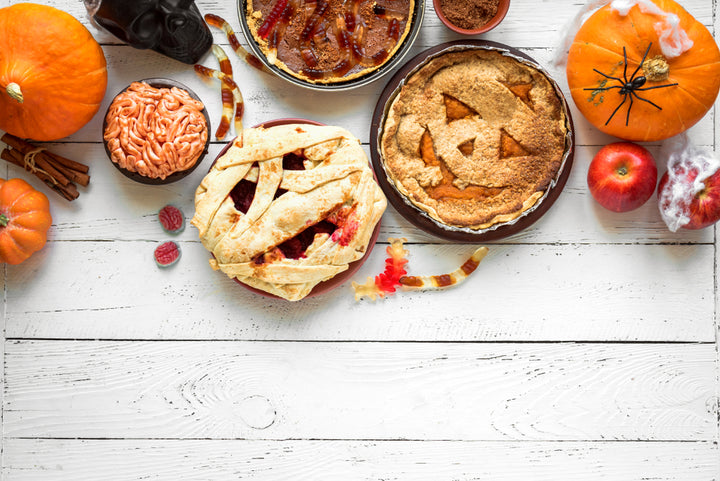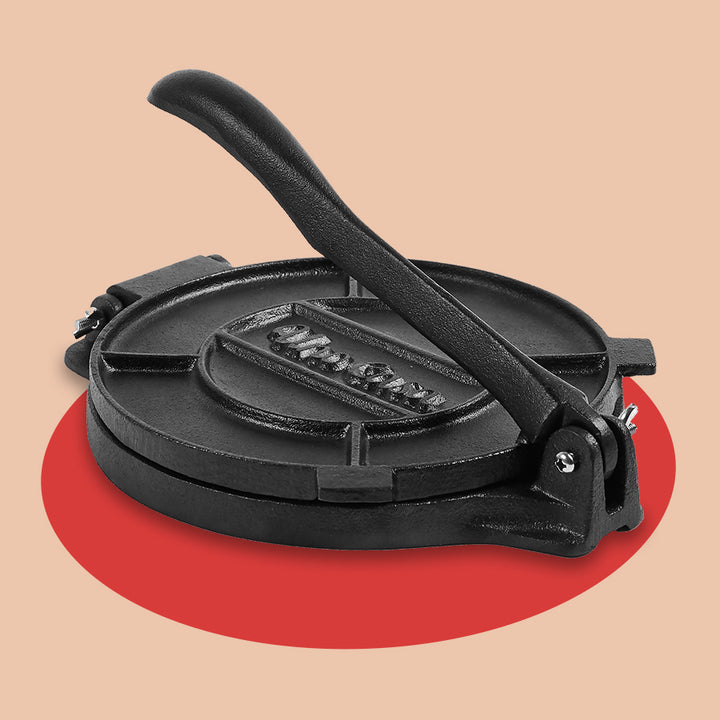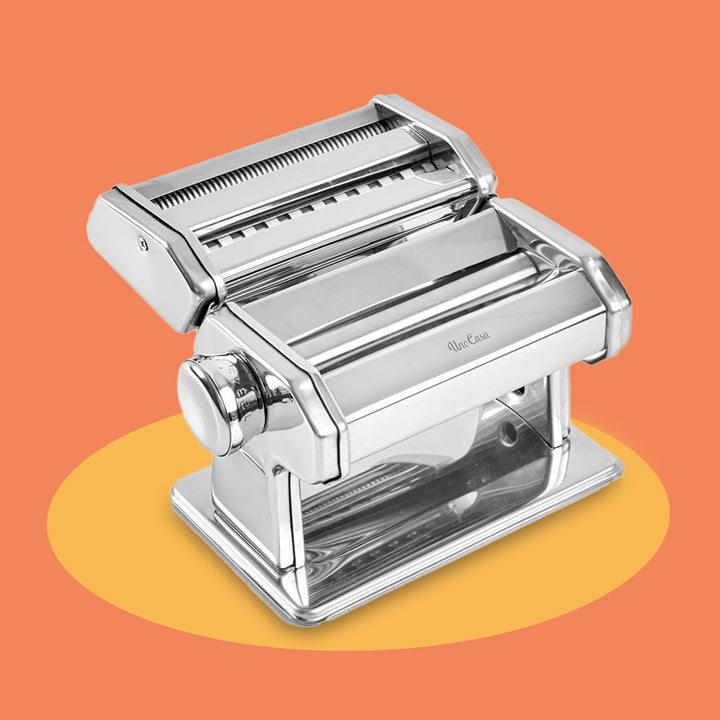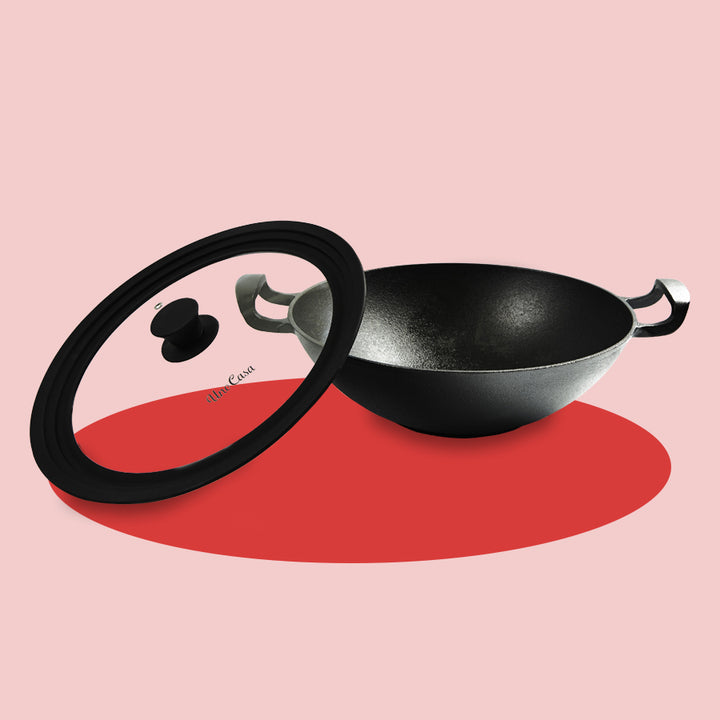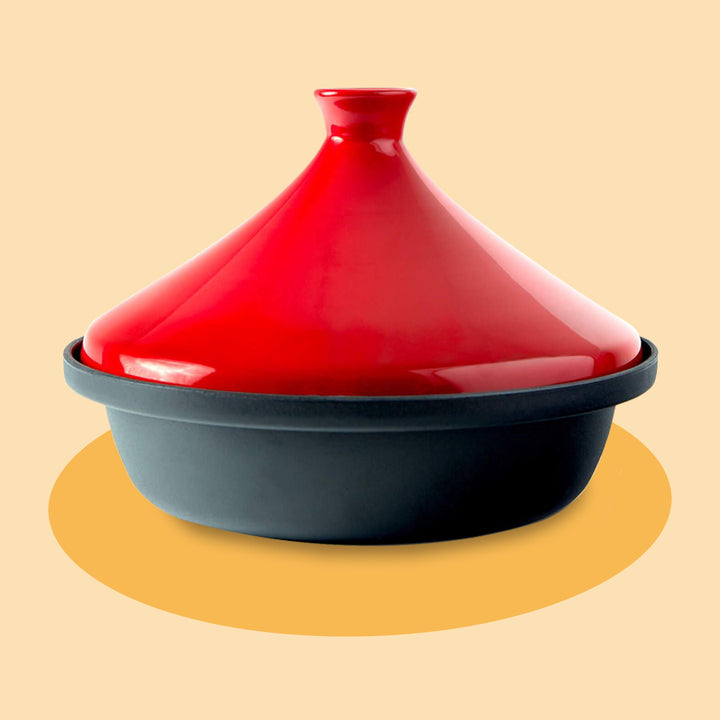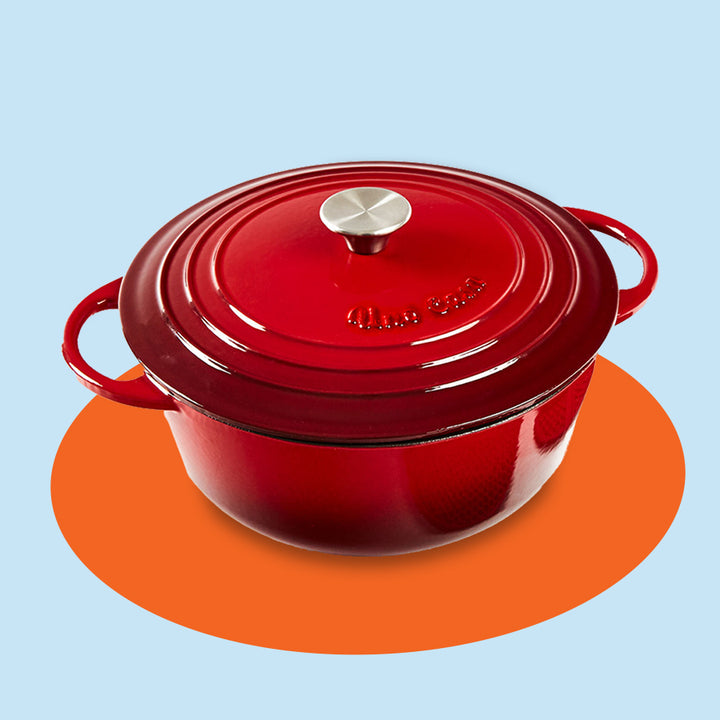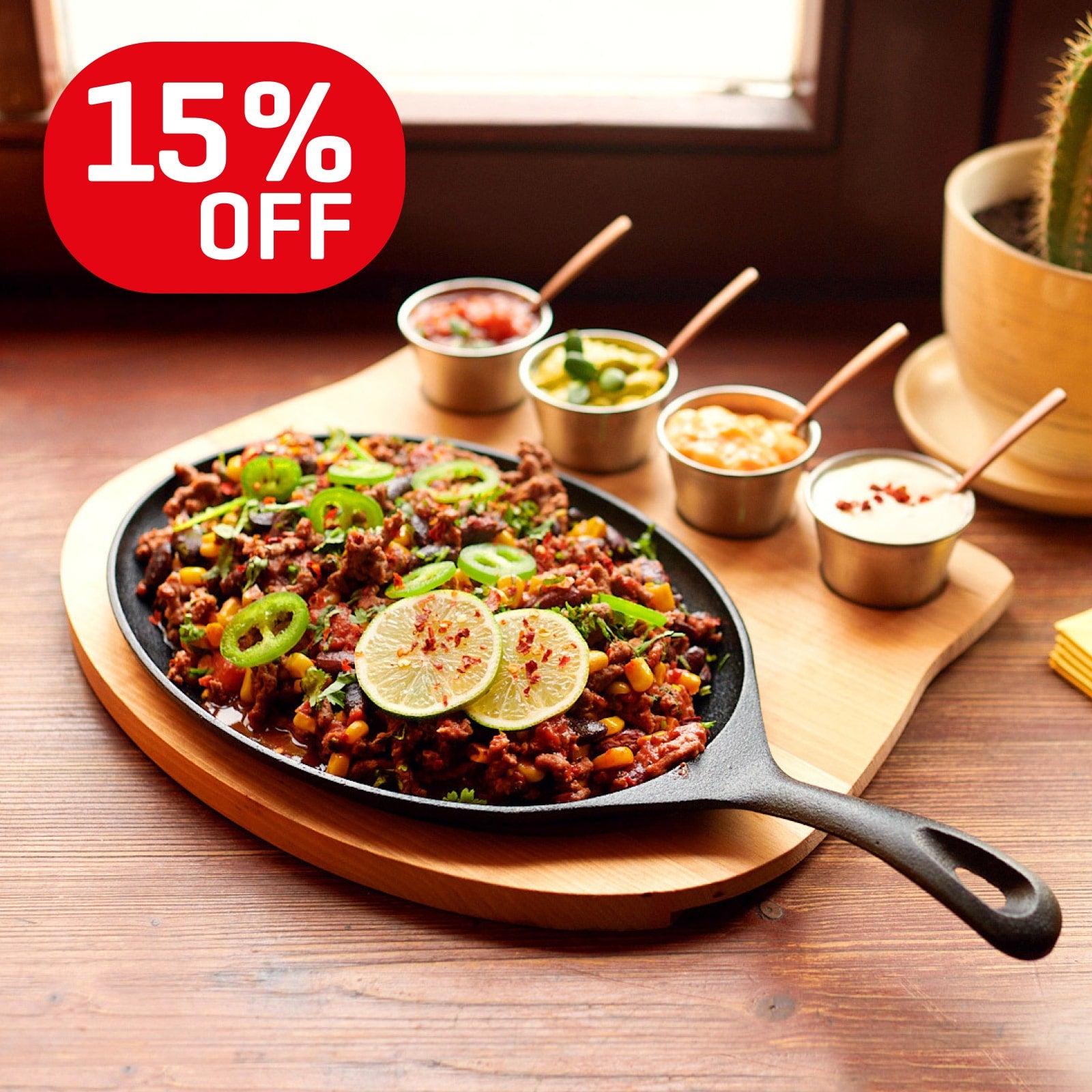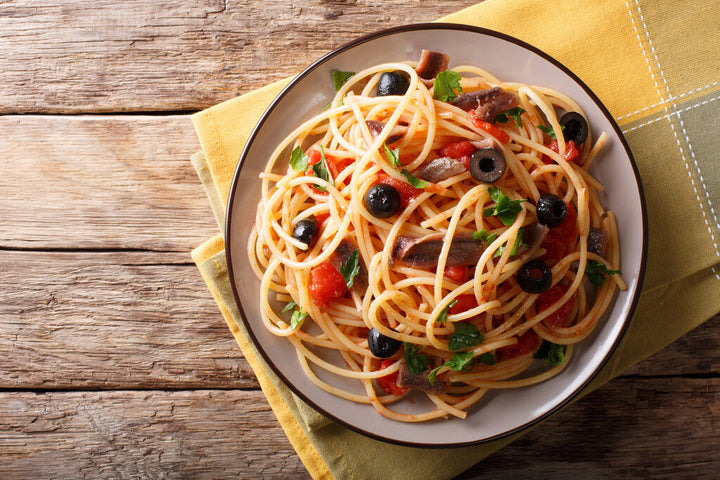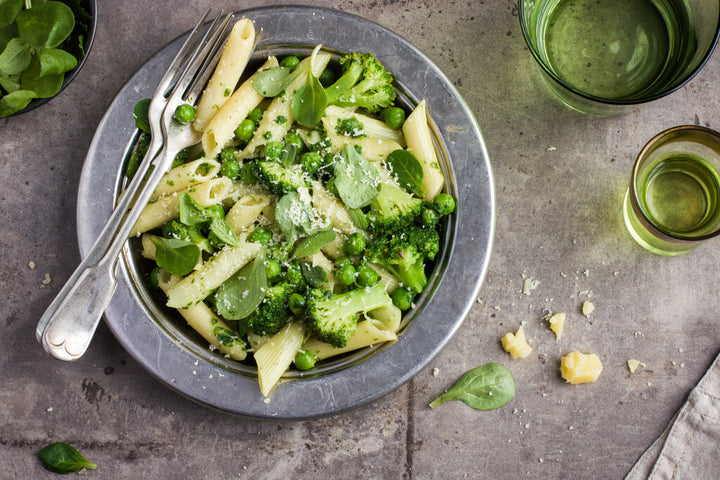The vegetarian tagine is the mainstay meal of Morocco, aptly named after the ceramic dish that they are prepared in.
North African cooking is full of flavorful, warm spices like cinnamon, ginger, cumin, and coriander. This vegetarian chickpea tagine contains Ras el hanout, a powerful spice blend that contains all four, along with protein-packed stewed chickpeas and tender carrots.
There is usually a sweet element to a tagine dish that pairs with the savory spices well - in the case of this Moroccan chickpea stew, we've added a bit of honey and some golden raisins to provide a tasty contrast.
We suggest trying this Moroccan classic in a tagine pot. The durable material of well-seasoned cast iron is perfect for ensuring a non-stick cooking of this flavor-packed dish!
Moroccan chickpea tagine FAQs
What is a tagine?
North African cooking is often done in a tagine due to its unique ability to maintain moisture, allowing a slow cook until food is tender and moist.
It was often used by nomadic tribes as it could be easily carried with them and used to cook anywhere a fire could be built. The tagine doubles as a serving dish if you carry it straight to the tableside.
The structure of the tagine is ideal in that it allows the food to cook at the wide, round base, while the steam rises into the cone-shaped top to condense, and fall back into the dish to maintain moisture.
You can also use a tagine to cook rice, beans, Moroccan chickpeas, or couscous. If you remove the lid and cook with just the base, moisture will be released which can work well for roasting meat, or vegetables.
What is Ras el hanout?
Many chickpea tagine recipes require the use of Ras el hanout, the spice blend of North Africa. It translates to 'head of the shop' in English, as it was meant to be the best spice mix the shop offered.
It usually includes:
- Ginger
- Cardamom
- Mace
- Cinnamon
- Allspice
- Coriander
- Nutmeg
- Turmeric
- Black pepper
- White pepper
- Cayenne pepper
- Anise
- Cloves
Do I need to cook this dish in a tagine?
This Moroccan chickpea recipe is best cooked in a tagine to retain moisture. If you don't own a tagine, you can use a Dutch oven or a slow cooker for similar results, but you will need to adjust cooking times accordingly.
Does this vegetable tagine need any extra condiments?
This tagine is full of flavor with Ras el hanout, so condiments are not necessary. There is one condiment that pairs quite nicely with this dish: harissa. It is a North African chili paste full of garlic, spices, lemon, and olive oil. Sprinkle a bit on top of the tagine for an added kick.
Will food stick to my tagine?
A traditional tagine needs to be seasoned in order to become non-stick, so for the best results you must season your tagine with oil (much like you would a cast iron pan) or purchase a pre-seasoned tagine.
Do I need to add extra water?
One major piece of cooking a great dish in a tagine is to ensure you have enough moisture in the dish - never skimp on adding liquids or your tagine will end up dried out and potentially burnt. You should check your liquid levels occasionally as you cook to ensure you have ample amounts.
What should I serve with it?
This tagine is delicious as is, or with cooked white rice, brown rice, traditional couscous or Israeli couscous (wheat based).
Final Word
Don't be afraid of the tagine - it's quite easy once you know the basics of cooking in this classic dish. We hope you enjoy trying out this flavorful North African recipe full of spice and veggies!
Leave a comment
Comments will be approved before showing up.
Also in Recipes
